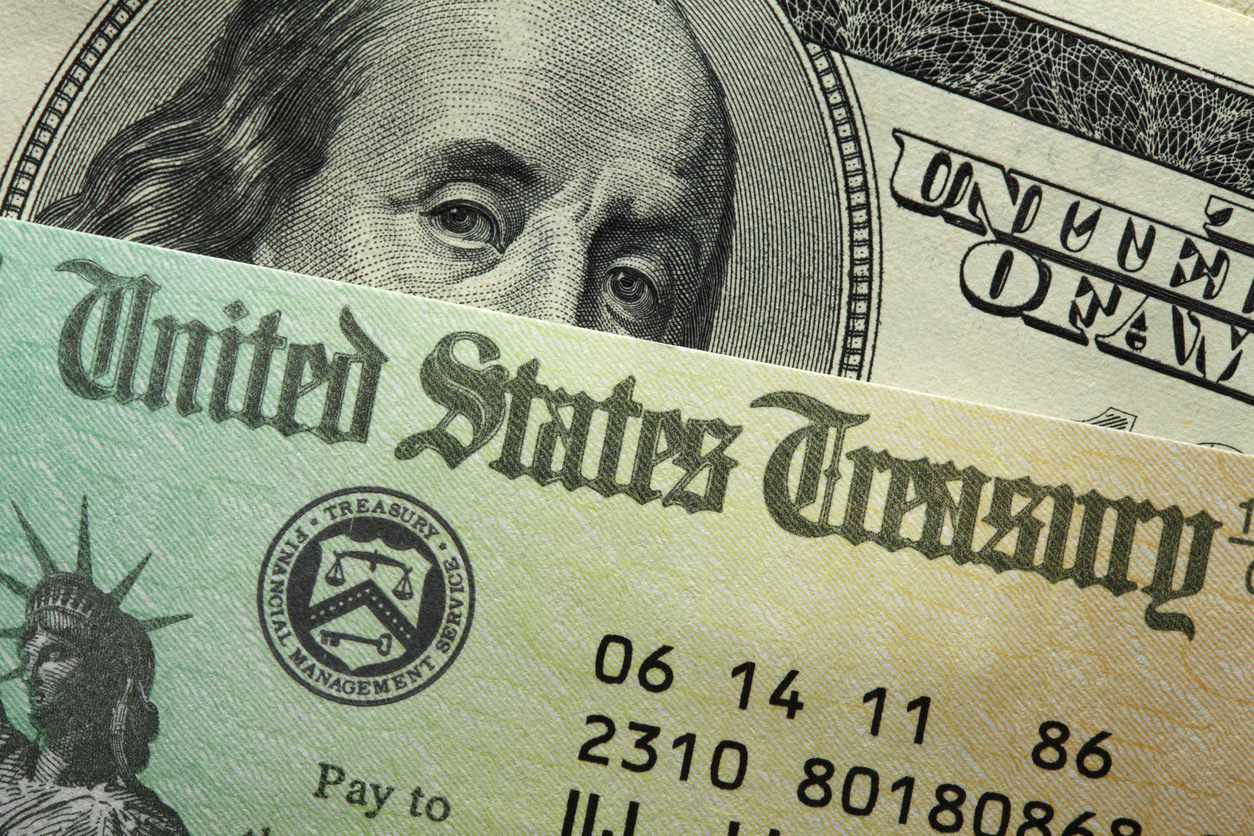This article originally appeared at Investor's Business Daily.
The attacks on President Trump's new budget were predictable. Before it was published on Monday, the Washington Post's Dana Milbank described it as "cruelty wrapped in a lie."
The budget proposes to increase government spending from $4 trillion today to $5.7 trillion in 2027. That's $1.7 trillion more over the next decade, but in Washington this is described as "budget cuts." Any normal person, looking at an increase of this magnitude, would say that this constitutes an increase.
Looking at individual programs, it is misleading to state that spending on Medicaid programs will be cut, as many did this morning. The new budget proposes to increase federal Medicaid spending from $378 billion a year today to $524 billion a year in 2027. It shows how far removed Washington is from everyday Americans for this increase of $146 billion to be called a cut.
The fundamental problem is that special interests are addicted to the rising path of spending. Altering this path by increasing spending at a slower rate always opens change-makers to extraordinary attacks, as we have seen today.
Some other programs that are similarly described as cuts will also increase. Consider, for example, the Department of Agriculture's Child Nutrition Programs. The program had outlays of $23 billion in 2017, and President Trump has proposed for spending to rise to $34 billion in 2027, a 47% increase. True, this is less than the $29 billion increase that Congress has allocated. But it is still an increase.
Then, consider the Department of Health and Human Services' Child Support and Family Support Programs, which Trump proposes to increase from $4 billion in 2017 to $5 billion in 2027, a 25% increase. Yes, $840 million has been trimmed from Congress' prior plans, but the program is still getting more funding.
President Trump wants to increase funding from $61 billion in 2017 to $76 billion in 2027 for the Earned Income Tax Credit program, which supplements incomes of low earners and is administered by the Internal Revenue Service. Yes, $1 billion is cut from the baseline, but spending is still rising.
Congressional spending is on automatic pilot due to our arcane budget processes. Congress puts in rising spending for the next decade, and people complain when the spending is trimmed. But the spending never goes negative — it always rises.
Many of the members of Congress who put the programs in place have died or retired. Still, the programs continue. Urban Institute scholar Eugene Steuerle wrote a book about the problem aptly called "Dead Men Ruling."
Wasteful government programs cost taxpayers billions annually, according to the Government Accountability Office. America has over 90 anti-poverty programs, 17 food-aid programs and 22 housing-assistance programs. Partly as a result, the federal debt has tripled from less than $6 trillion in 1997 to almost $20 trillion today.
The real problems are Social Security and Medicare, which are trimmed slightly in Trump's budget, but not enough. With life expectancies rising, it's important to stabilize the program either through higher economic growth, the president's preferred option, or by reducing benefits or increasing contributions.
This budget, while attacked for being too lean, keeps the high levels of government spending of the Obama years. Proposed government spending as a share of gross domestic product is projected to remain at 20% or above until 2022, when it dips slightly to 19.9%. Back in 1950, spending was 15% of GDP, and between 1997 and 2007 it did not reach 20%.
The goal should be to move spending from the federal to state and local governments, which have more knowledge of the needs of individual residents and greater ability to cut costs. To achieve that goal, if anything, President Trump's budget should be leaner, not fatter.
Diana Furchtgott-Roth, former chief economist of the U.S. Department of Labor, directs Economics21 at the Manhattan Institute. Follow her on Twitter here.
Interested in real economic insights? Want to stay ahead of the competition? Each weekday morning, e21 delivers a short email that includes e21 exclusive commentaries and the latest market news and updates from Washington. Sign up for the e21 Morning Ebrief.
